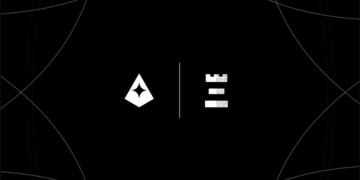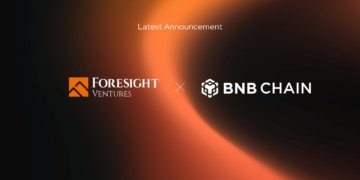
Unlocking Profits: Enhancing Engagement with Web 3.0 Incentives
The rise of Web 3.0 represents a fundamental shift in how digital platforms operate, moving towards a more decentralized internet environment. In this new era, individuals are not just users but active participants, able to shape their digital experiences and benefit financially from their involvement. One of the critical components driving this transformation is the use of economic incentives.
Understanding Web 3.0 Incentives
Web 3.0 revolutionizes the internet by blending blockchain technology, artificial intelligence, and increased interconnectivity. This transformation brings about new opportunities for economic incentives, offering a more inclusive and engaging digital environment. Here, individuals can earn rewards through active participation, creating a mutually beneficial ecosystem.
- Web 3.0 incentives leverage blockchain technology to reward contributions.
- They foster community engagement by providing financial rewards to users.
- These incentives are designed to promote transparency and trust within the digital space.
The goal of these incentives is to create a decentralized system where users are motivated to engage more deeply, thereby enhancing the overall experience for everyone involved.
Types of Web 3.0 Incentives
The realm of Web 3.0 offers a variety of incentives that can be highly effective in boosting user engagement. Understanding these can help businesses and platforms successfully integrate them into their systems.
Cryptocurrency Rewards
One of the most prominent types of economic incentives in Web 3.0 is cryptocurrency rewards. By participating in specific activities or achieving particular goals within a platform, users can earn cryptocurrencies, which hold real-world monetary value.
- Mining: Users actively maintain the blockchain and are rewarded with cryptocurrency.
- Staking: Users lock up their assets for a period to support network operations, earning rewards in return.
Tokenized Assets
Tokens are another essential aspect of Web 3.0 economic incentives. These digital assets can represent various types of value, including ownership in a project or access to specific services.
- Non-fungible tokens (NFTs): Unique digital assets that can be utilized to reward creativity and contribution.
- Utility tokens: Used within a specific platform or ecosystem to obtain services or benefits.
Decentralized Finance (DeFi) Incentives
DeFi opens up new possibilities for users to earn by engaging with financial services on a decentralized network. This sector has introduced innovative incentives that allow users to grow their wealth directly through various financial activities.
- Yield farming: Users provide liquidity and receive rewards in return.
- Lending and borrowing: Engage in decentralized lending protocols and earn interest or rewards.
Benefits of Implementing Web 3.0 Incentives
The introduction of economic incentives in Web 3.0 has profound implications not just for users, but also for platforms and businesses. Some of the key benefits include:
- Enhanced user engagement: When users are financially rewarded for their participation, they are more likely to engage with the platform regularly.
- Trust and transparency: The decentralized nature of blockchain technology fosters trust among users, as all transactions and interactions are recorded and visible.
- Growth potential: Economic incentives can spur growth by attracting new users and retaining existing ones, ultimately increasing the platform’s value.
- Community building: Incentives encourage collaboration and participation, helping to create a strong, supportive community.
Challenges in Implementing Web 3.0 Incentives
While the potential benefits of Web 3.0 incentives are significant, there are several challenges that need to be addressed to ensure their effectiveness:
- Security Concerns: The decentralized environment can be vulnerable to security threats. Robust measures must be in place to protect assets and transactions.
- Regulatory Issues: As decentralized systems grow, they may face increased scrutiny from regulatory bodies, necessitating compliance with evolving regulations.
- Scalability: Platforms must ensure that their systems can handle increased traffic and transactions without compromising performance.
The Future of Web 3.0 Incentives
The future of Web 3.0 and its incentive structures looks promising as more industries begin to explore the potential of blockchain technology. Key trends shaping the future include:
- Increased adoption of blockchain across various sectors, such as finance, healthcare, and supply chain management.
- Greater integration of digital assets in everyday transactions and services.
- Development of more advanced and user-friendly interfaces that simplify participation for everyday users.
- Continued evolution of regulatory frameworks to accommodate the unique challenges posed by decentralized systems.
As Web 3.0 continues to evolve, it holds the potential to create a more inclusive and rewarding digital landscape. By leveraging well-designed economic incentives, businesses and platforms can enhance engagement, build trust, and drive growth, unlocking unprecedented opportunities for profit and collaboration.
“`


















